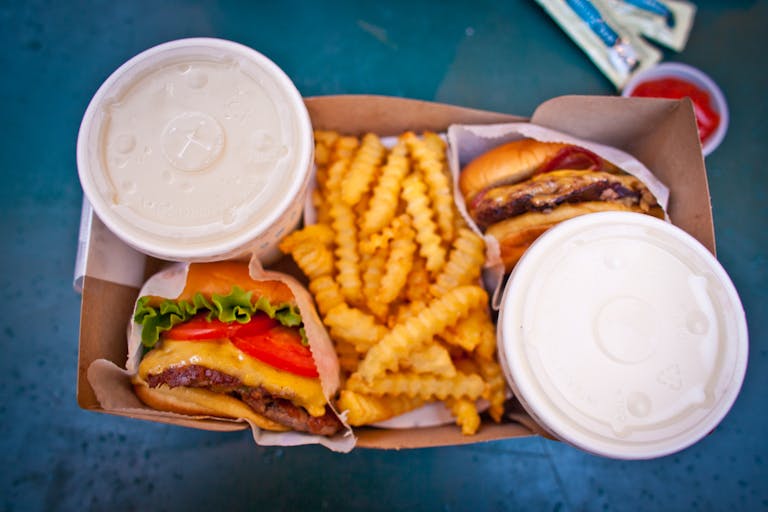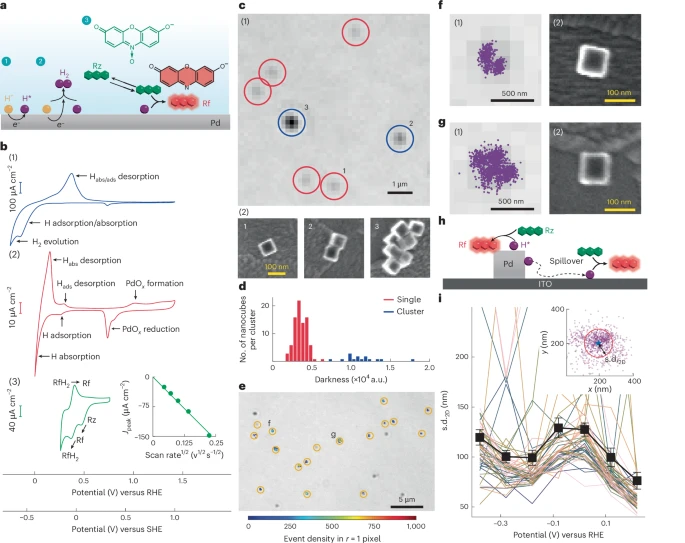Engineers Develop HydroSpread: A New Way to Build Soft Robots That Walk on Water

Scientists at the University of Virginia’s School of Engineering and Applied Science have introduced an innovative fabrication method called HydroSpread that allows the creation of soft robots directly on the surface of water. This breakthrough avoids many of the difficulties associated with earlier techniques and opens up new opportunities in robotics, healthcare, environmental monitoring, and even consumer electronics.
This development has gained attention because the team successfully built two prototypes, HydroFlexor and HydroBuckler, which can move on water in ways inspired by aquatic insects. The research, published in Science Advances, demonstrates not only a new manufacturing process but also proof that functional devices can be made with it.
What Exactly Is HydroSpread?
In traditional soft robotics, creating the ultrathin flexible films needed for movement has always been challenging. Researchers would typically build these films on solid surfaces like glass. Once complete, they had to carefully transfer the delicate layers onto water. This transfer process often led to tearing, misalignment, or material loss, making it inefficient and fragile.
HydroSpread solves this by using the liquid itself as the “workbench.” Droplets of a liquid polymer ink are deposited onto water, and because of natural surface forces, the material spreads out into a uniform, ultrathin film. From there, the team uses a finely tuned laser to cut precise shapes directly on the water’s surface. These shapes can be anything from circles and strips to intricate patterns—even the University of Virginia logo.
This means no risky transfers are needed, and the process is both simpler and more robust. Because the surface of the liquid is perfectly smooth, the films form cleanly without imperfections.
The Two Prototypes: HydroFlexor and HydroBuckler
To prove HydroSpread works for functional machines, the team built two prototypes:
- HydroFlexor – This robot moves using a paddling motion, similar to a tiny swimmer pushing itself across the water. Its flexible structure allows it to push against the surface with fin-like motions.
- HydroBuckler – This design is inspired by water striders, the insects that can seemingly walk on water. HydroBuckler moves forward by using buckling legs. When heated, the layered films bend and snap into a walking stride, propelling the robot across the surface.
Both robots are powered in the lab with an overhead infrared heater. As the thin film warms up, one layer of the material expands more than the other, causing the bending or buckling action. When the heating is cycled on and off, the robots can change speed and even turn, proving that repeatable, controlled movement is possible.
Future versions might use sunlight, magnetic fields, or tiny embedded heaters instead of external infrared, opening the door to autonomous machines that don’t need a lab setup.
Why This Matters: Advantages of HydroSpread
There are several reasons this new technique stands out:
- Direct fabrication on water – This eliminates the need for risky film transfers, reducing tearing and misalignment.
- High precision – The laser-cutting step allows researchers to create intricate and detailed shapes with great accuracy.
- Higher yield – With fewer damaged films, the process becomes more reliable and efficient.
- Versatility – HydroSpread can work with different polymer inks and different liquid surfaces, making it adaptable to many future applications.
- Scalability – The simplicity of the method could make it easier to expand into larger-scale production or more complex robot designs.
Potential Applications Beyond Soft Robots
While the initial experiments focused on robots that move on water, HydroSpread has implications far beyond that. The ability to create thin, flexible, durable films directly on liquid could be used in:
- Wearable medical sensors that need to be lightweight and conform to human skin.
- Flexible electronics, such as bendable displays or smart patches.
- Environmental monitors that can float on lakes or rivers to collect data on pollution and water quality.
- Disaster response tools, especially small robots that could move through flooded areas to gather information where it’s unsafe for humans.
The team believes HydroSpread will make it possible to design devices that are thin, soft, and strong enough for practical use in a wide variety of environments.
Current Challenges and Limitations
Even though the prototypes show promise, there are still hurdles to overcome before these robots can be deployed in real-world situations.
- Laboratory dependence – At the moment, the robots rely on an external infrared heater to function. Real-world use will require onboard power sources or environmental triggers.
- Autonomy – The robots cannot yet operate on their own. Future development will need to integrate embedded sensors and control systems.
- Speed and responsiveness – Heating and cooling cycles can be slow. For practical applications, researchers must optimize these processes for faster and more efficient movement.
- Surface stability – Maintaining balance on water without breaking the surface tension requires careful design of legs or paddling structures.
Despite these challenges, the foundation has been laid for a new generation of autonomous, lightweight, and versatile soft robots.
Why Walking on Water Matters
The idea of a robot that can walk on water may sound like a novelty, but it is actually a major milestone. Walking on liquid surfaces requires a delicate balance between weight, buoyancy, and surface tension. Nature has already solved this problem through creatures like water striders, which have evolved special leg structures that distribute their weight efficiently.
For robots, this is much harder. Traditional rigid machines are too heavy and break the surface tension. Soft robots, however, can be designed to mimic natural strategies. HydroBuckler’s buckling legs represent a step toward achieving this.
Background: Soft Robotics in General
Soft robotics is a growing field in engineering that focuses on creating machines from flexible, deformable materials instead of rigid metal and plastic. Unlike traditional robots, soft robots are:
- More adaptable to irregular surfaces.
- Safer for use in medical settings, since they are less likely to injure patients.
- Capable of mimicking the movements of living organisms more closely.
Common materials include polymers, hydrogels, and silicone-based compounds. Many soft robots rely on air pressure, magnetic fields, or temperature changes to move. HydroSpread adds to this toolbox by offering a new way to fabricate the thin films needed for actuation.
Broader Possibilities
The success of HydroSpread suggests exciting new directions:
- Environmental monitoring swarms – Imagine fleets of tiny robots released onto lakes to map water quality in real time.
- Search and rescue operations – In flooded cities, these robots could scout conditions or deliver small sensors.
- Medical innovations – Thin, flexible materials created using HydroSpread could become part of wearable diagnostics or even future implantable devices.
- Consumer devices – Flexible electronics built on liquid surfaces could make way for durable, lightweight screens or new kinds of smart wearables.
Looking Ahead
The UVA team has shown that HydroSpread is more than just a fabrication method. It represents a pathway toward creating practical, durable, and flexible robots and devices that can operate in environments where rigid machines fail.
While the HydroFlexor and HydroBuckler are just early prototypes, they highlight what could become possible. As the technique matures, we may see robots that respond to natural sunlight, magnetic guidance, or even onboard energy systems, allowing them to work independently in the field.
For now, HydroSpread stands as a remarkable innovation in materials science and robotics, pushing the boundaries of how we can build and deploy soft, water-based machines.





